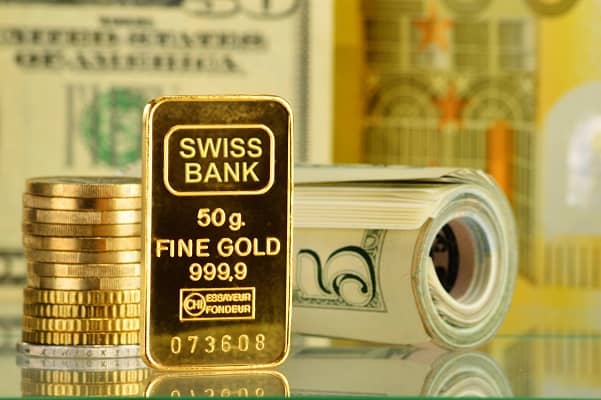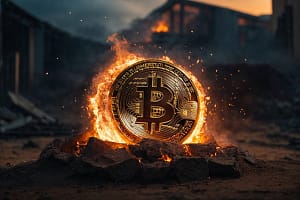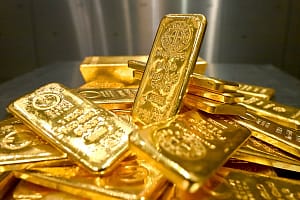Climate change is reshaping the gold industry, and sustainability is now central to that challenge.
Extreme weather is disrupting mines, energy supplies, and transport routes, driving costs higher.
Water scarcity remains a significant issue for this water-intensive sector, and tighter environmental regulations are intensifying operational pressures.
The push toward cleaner energy is forcing mines to transition from diesel and coal to renewables — necessary for a sustainable future, but costly in the short term.
Rising insurance, compliance, and environmental safeguards underscore the need for the industry to adopt greener, more transparent practices if it is to remain resilient and trusted.”
How climate change will impact demand
“On the demand side, climate change is influencing how investors and consumers view gold. Economic shocks — from extreme weather to resource shortages and inflation — are likely to strengthen gold’s role as a safe-haven asset. At the same time, sustainability is increasingly shaping buying and investment decisions.
Investors are scrutinising environmental practices across the supply chain, meaning the industry must embrace sustainable methods to remain attractive. Gold’s enduring appeal as a store of value will depend on the sector’s ability to balance resilience with responsible, sustainable production.”
In a warming, the price of gold is likely to face both upward pressures and increased volatility. Consumers and investors should note that short-term value fluctuations may be sharper, but the long-term outlook suggests that responsibly sourced gold — mined with strong environmental and social standards — could carry a premium and offer both financial security and ethical assurance. For investors, this underscores the importance of choosing reputable suppliers and considering sustainability alongside traditional market factors when building a gold portfolio.






Leave a Comment